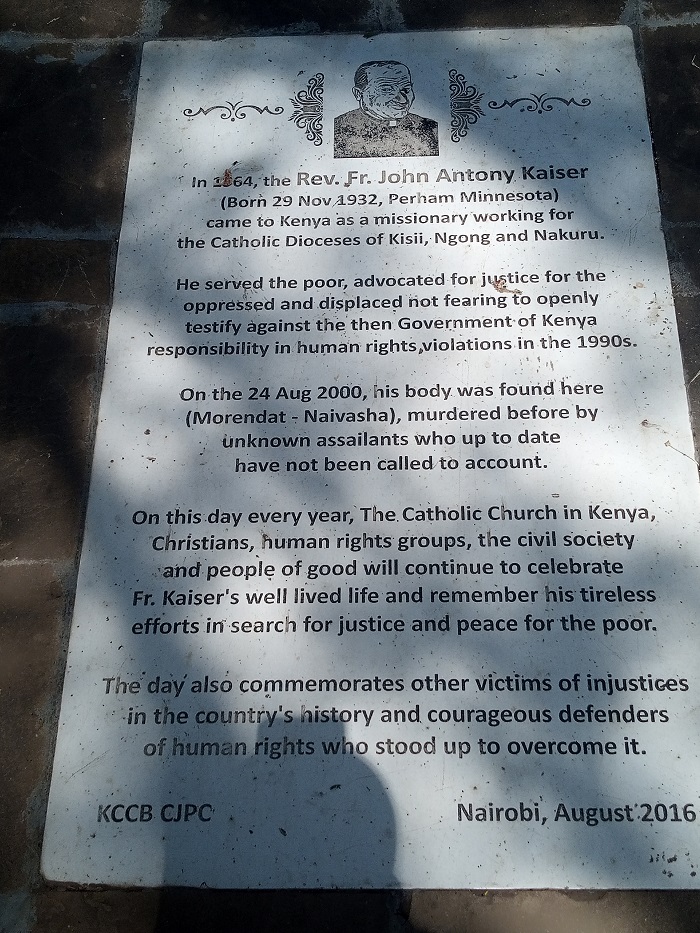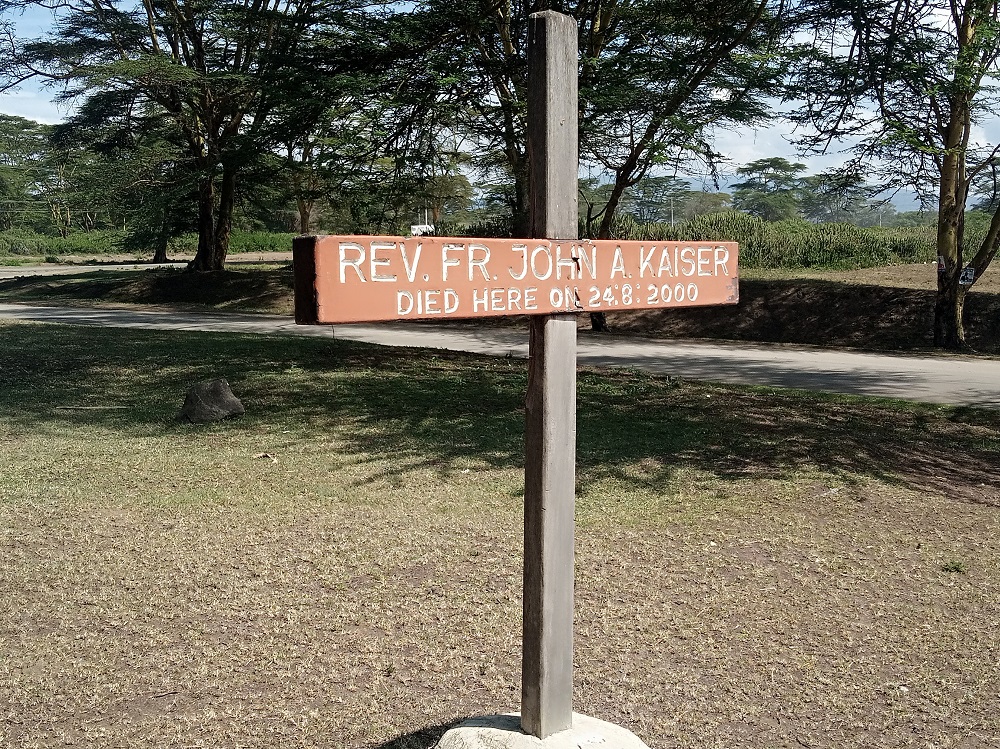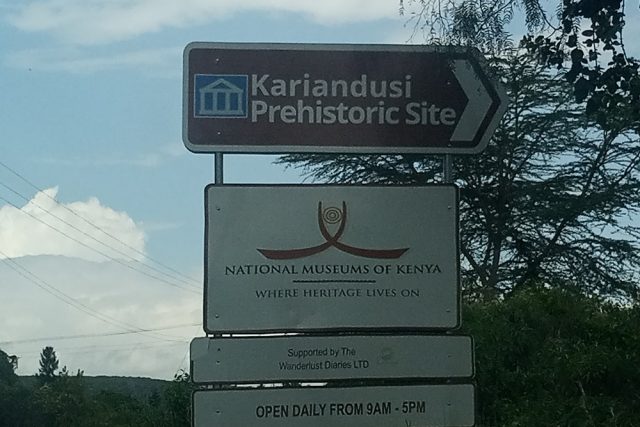When traveling from Nairobi to Nakuru, there is Kereita forest that stretches from the outskirts of Kimende to Soko Mjinga (market) on both sides of the high way.
The plants in this forest are a strange mix of indigenous and exotic trees (cypress and pine). The cypress trees are the majority from practical observations.
For motorists there are two main four main stopovers (you do not have to stop everywhere). First one is past Uplands at a place known as StopOver. This area has a well manicured garden behind the restaurant. You can relax here and make calls (calls of nature and telephone calls) or respond to urgent emails if you engage in office work.
The next stopover is at Kimende Total Petrol station. Here you fuel, check your tire pressure levels and/or grab a cup of coffee/tea and relax before you continue with your journey.
The third one is past flyover stage. Here there is a petrol station too which means that you can fuel your car and grabbed a bottle of water or soft drink for the road.
So far so good, it seems that places along the highway are named after physical features, Flyover and Uplands, etc.
Once observation that I’ve always made along the highway is the high concentration of protestant churches such as PCEA St. Johns Church and ACK St. Joseph of Arimathea Church, Seventh Day Church (SDA) among others.
When you approach Naivasha, you get a panoramic view of Lake Naivasha. The view is even better in the afternoon or morning hours.
Immediately after Naivasha, there is something significant that I want to bring to your attention. That is the site where Rev. Fr. John Kaiser was killed or dumped after his murder. This happened on 24.08.2000 and some good Samaritans created a Tombstone and a cross for his remembrance and what he stood for.


Being a political campaign period, you will see posters, bill boards and branded motor vehicles with posters for several political candidates seeking various seats at the county or national assembly.
At the apex of the campaign is the quest for the presidential seat at the house on the hill – State House.
For presidency, it seems it is a two horse race between Azimio’s Raila Odinga and Kenya Kwanza’s William Ruto. The other two candidates who were approved by Independent Electoral Boundaries Commission (IEBC) are donkeys.
There is a bill board at the Junction to Naivasha town which depicts the two-horse race theory. On the side from Nairobi appears the image of Raila Odinga and William Ruto is on the side from Nakuru. This election will be closely contested indeed.
However, it is a wait-and-see on who will win the political race to State House.
For Raila Odinga, it shall be the fifth attempt while for Dr. William Ruto it shall be the first attempt.
Back to out travel story from Nairobi-Nakuru. If you have time when you are past Kikopey, you can divert and pay a visit to Kariandusi historical site.
Kariandusi pre-historic site stone tools were discovered by Dr. L.S. Leaky (father of Richard Leaky). The tools were being used by Homo Sapiens over two million years ago. If you visit Kariandusi pre-historic site, you will be part of the history.
Dr. L.S. Leaky led archaeological expeditions in the area between 1928 – 1931 and later in 1947.
Basically, Kariandusi pre-historic site was discovered in 1928 by this famous archaeologist. Currently, there is a gallery which offers you important historical lessons on how man evolved over the years.
Once you are done with the gallery the tour guide will take you to the site where the stone tools were discovered and later take you to the gorge and then to the lower site.
You will hear stories of straight tasked elephants from millions of years ago. How did they know, they left behind tooth (molars) which were tested in the lab and dated to those 2 million years ago.
Kariandusi pre-historic site is located to the Eastern part of the Great Rift Valley in Kenya an area which experienced a lot of volcanic activities.
At the site you will see the black volcanic glass stone also known as obsidian and lava stones.
The first place you will be taken to is the Kariandusi pre-historic site stone tools industry where the tools have remained in situ and the lower site where the tools were transported by water and discovered in 1974 by another archaeologist.
The stone tools we are talking about were used for digging and uprooting edible roots. When I visited the site, I discovered that we (mankind) were all once hunters and gatherers. We only adapted the new lifestyles later on.
The stone cutting tools were used as scrappers for removal of fur from animal skin to make clothes and bags.
The stone cutting tools were also used for minor surgeries, tattooing, hair cutting among other assignments.
When you visit Kariandusi pre-historic site, you will possibly be taken to the gorge where you will learn the difference between a gorge and a cave. You will also learn that the bottom most part of the gorge is the oldest and the top most is the youngest in age.
At the bottom there is the volcanic ash which is perfect for preservation of fossils and artifacts.
A special feature that you will see at Kariandusi pre-historic site is a special mineral called diatomite. This was created by the fact that Kariandusi was covered with water some one million years ago.
According to my tour guide, Kariandusi and Soysambu in Naivasha are the only areas in East Africa with diatomite.
Diatomite has many uses such as use as filler when painting, filter in alcohol and juices because it does not smell. It is medicinal hence used in creating drugs for high blood pressure and asthma. It is used as insecticides, fertilizer preservative and cleaning agent for stainless steel.
The Lower Site – Kariandusi
If you visit the Kariandusi pre-historic site, you are likely to be taken to the lower site where one Jay Gowlett discovered more stone tools in 1974. The tools he discovered are made out of the volcanic glass and lava just like those we have discussed above.
From Kariandusi pre-histric site, you will experience uneventful travel all the way to Nakuru Central Business District and beyond.
I hope you enjoyed travelling with us.
GOT a story? Contact Kerosi Dotcom on EMAIL info@kerosi.com


